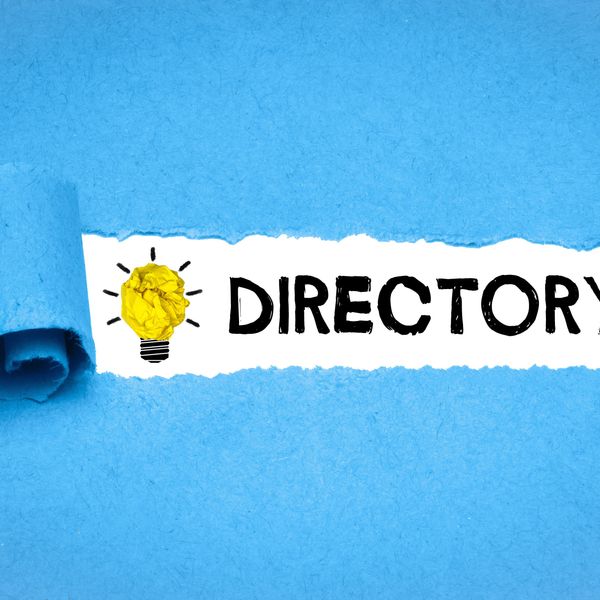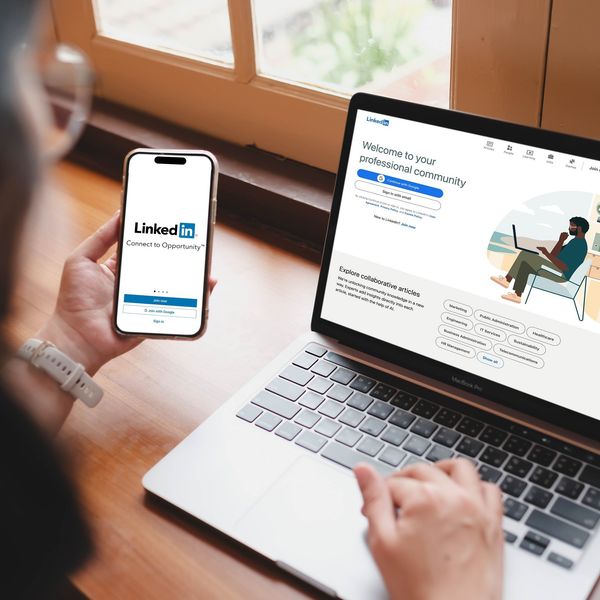Stumped by Prospects Who Only Want to Know Your Rate?
In tough economic times, prospective customers are sensitive about pricing. But if you let them get away with having your rates or costs dominate the conversation, you're making a big mistake.
Take Terry, for example. After reading Selling to Big Companies, he wrote me this note:
Great book. I loved it so much I am beginning a second read. But I'm wondering what to do about those busy decision makers who only want numbers. I sell in New Jersey, and that's what I'm dealing with all the time.Here's My Response:
I sell merchant services (credit card processing) for a large company and it always comes down to the RATE. It's sad, but true. Any ideas on how to handle those hard nosed New York or New Jersey-type buyers?
In Selling to Big Companies, I speak extensively about your value proposition - which I define as a clear statement of the tangible business outcomes a company gets from using your products or services. That's what you're going to need to focus on if you want to change the game.
Right now, you're letting your prospect define the value proposition. Currently he has only one way of doing that - by comparing rates. So our job is to redefine his perception of value and still give him the "numbers" that he wants.
First we'll take a look at what's likely happening in your discussion today and why you get stuck.
Terry: Gary, this is Terry Sampson calling from XYZ Merchant Services. I've been doing research on your company and see that you just upgraded your website.As you can see, this call was doomed from the start. Terry tried to focus on changing business dynamics (new website), but was quickly diverted to the dreaded price question.
Gary: (interrupts): What are you selling?
Terry: Merchant services. We offer a full range of products for growing businesses.
Gary: What's your rate?
Terry: (stumbling and bumbling because now you're stuck with that same question that you hate)
Gary: Too much. We're paying less now. (hangs up)
Here's the deal. If you're constantly getting hit with the "What's your rate?" question, you need think how you can get a different response. It's entirely possible and totally within your control.
REVISED VERSION
The one thing I'd suggested to Terry is that he lead with the money issue, but redefine it so that it played to his strengths. Check out how this conversation unfolds.
Terry: Gary, Terry Sampson calling. I see that gross sales were down for your company for the last two quarters. I suspect you're looking for ways to drive as many costs out of your sales transactions as you can. (pause)See how a different approach changed the entire conversation? But here's some things you need to realize before you go running out and use MY words and not your own.
Gary: That's for darn sure. We're tightening our belts. What are you selling?
Terry: We help companies shrink their credit card processing costs. One of our recent customers just saved $xxx/month.
Gary: Ahh, merchant services. What's your rate?
Terry: That's the thing, Gary. Rates are only a small fraction of the total costs. For example, with the customer I just mentioned, we found that they were paying way too much in x, y, and z areas. Plus, they were getting hit up with all these fees that they had no idea they were paying. Let's set up a time to review what you're doing.
First of all, YOU NEED TO INTERVIEW YOUR CUSTOMERS to understand the value you bring them. Until you know this from the bottom of your heart and soul, you will never be able to withstand the dreaded price discussion.
Here are the other truths that will make a big difference in your success with price-sensitive customers.
- YOU need to experiment. Try different things till you find a strategy that works. There are no "magic words" you can always use. There are only more effective ways of responding. As a seller, your job is to find what's most effective.
- YOU need to come up with different versions based on who you're talking to in an organization. The Vice President of Sales has a whole different perspective on what's important than an IT Director.
- YOU need to practice till you can say all this without stumbling. Doing it this way will seem awkward at first and if you're smart, you'll practice with colleagues and not try it the first time with a real prospect.
For more ideas like this:
- Download 2 chapters of Selling to Big Companies
- Read Passing the "Tell Me More" Test



